If you still view rats as merely a packet-gnawing, pooping pantry menace, it’s time to take a second look. Rats aren’t simply a nuisance in Aotearoa New Zealand – they’re a rampant threat of extinction proportions.
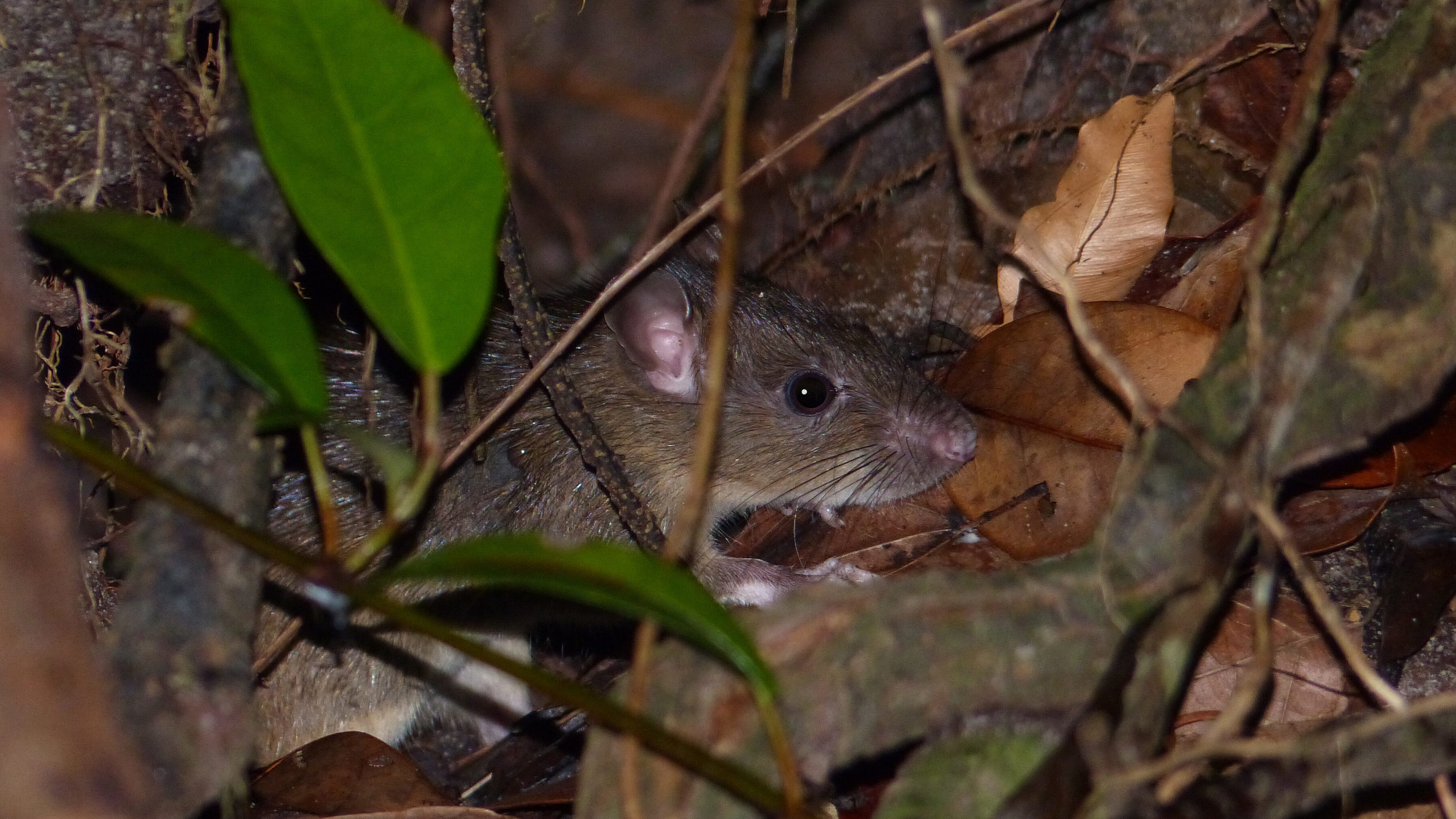
The introduction and later spread of rats throughout New Zealand has had a devastating impact on our native species. All three rats (Norway, ship and Pacific) have had their part to play in the decline and, yes, even extinction of our native wildlife.
Here are our top five shocking facts about rats all New Zealanders need to know.
1. A triple threat: swimming, jumping and climbing experts
Ship rats are the most common rat in New Zealand. They’re also considered the biggest threat to our native wildlife.
Why? Because ship rats can climb almost any rough surface and can jump over 70cm high. This agility means they can easily climb up into the treetops – precisely where our native birds roost and nest. Ship rats spend most of their time up trees, hunting for nests to prey upon. Unsurprisingly, ship rats have a huge impact on our native forest birds.
Ship rats can also be formidable swimmers and have swum up to 750m to invade previously rat-free islands.
For our native species, it means there is no escape from ship rats when it comes to nesting and resting.
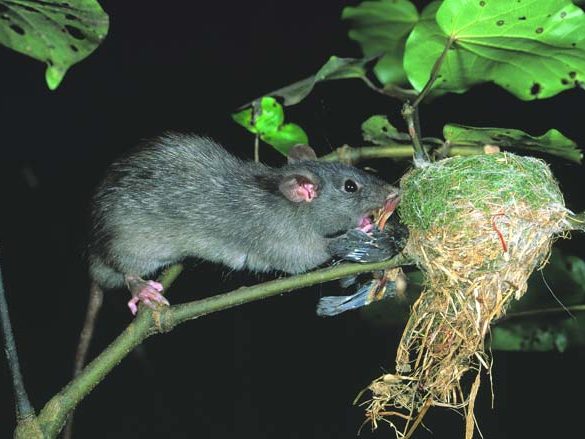
This is why it’s believed they’ve been instrumental in the extinction of many of New Zealand’s native birds, including the bush wren, huia, laughing owl, New Zealand little bittern and South Island snipe.
2. Syncing cycles and population booms
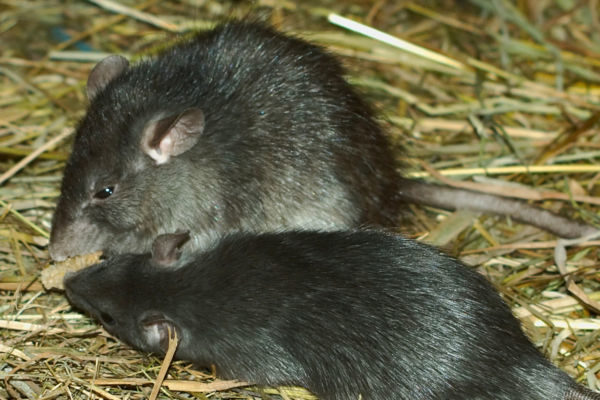
Female rats have an unusual reproductive technique – when they live in a pack, they’re able to synchronise their reproductive cycles.
This is a concerning fact because reproducing in sync means a lot more offspring. Around 80 per cent of offspring survive when females sync, while only 28 per cent of pups survive when reproduction isn’t synced.
How is this possible? By syncing their birth cycles, there are more females lactating at one time and less competition among the young for food.
This results in population booms – large numbers of young rats entering the population at once. This is a problem when you consider what’s on the menu for these rodents…
3. Big rodents with even bigger appetites
Adult Norway rats eat about 10 percent of their body weight each day. They are the largest of the three rats introduced in New Zealand. And as adults, they can weigh over half a kg and grow to over half a metre from snout to tail.
Norway rats are opportunistic feeders, ever-hungry for a huge range of foods. They eat seeds, invertebrates, lizards and birds. That’s why we see a decline in all manner of native species where rats are present.
And they don’t just prey upon our native species, they also compete with them for food. In fact, a study on Ponui Island showed a clear diet overlap in North Island brown kiwi chicks and ship rats. A lack of chick development was observed and a potential reason for this could have been competition with ship rats for invertebrate prey.
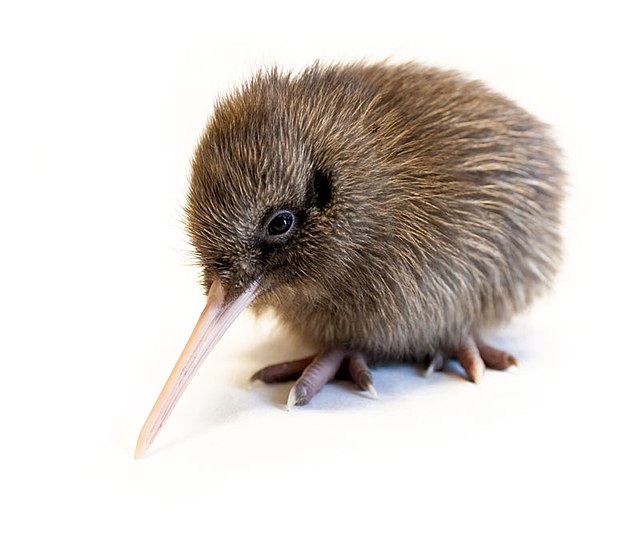
4. A force behind our suffering seabirds
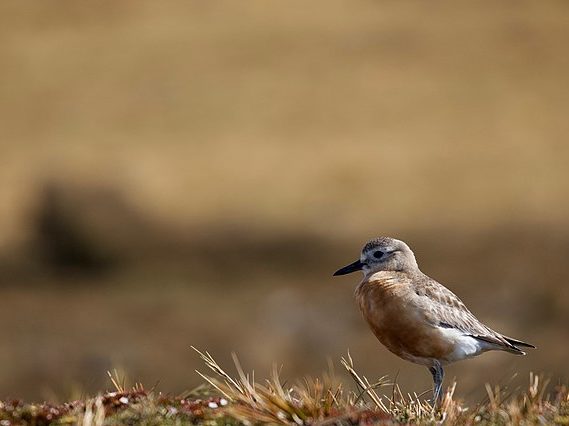
Norway rats are most prevalent around bodies of water. They are excellent swimmers that can cross water channels over one kilometre wide. Their most significant damage is seen in birds inhabiting offshore islands, braided riverbeds and beaches. Ground and burrow nesting birds are particularly vulnerable to attacks.
Norway rats will invade nests and eat young chicks and eggs. Due to their size, Norway rats have even been observed attacking nesting adult seabirds such as tūturiwhatu (southern New Zealand dotterel).
Unsurprisingly, the presence of Norway rats on offshore islands has been associated with low biodiversity of seabirds and other fauna and flora.
5. An agent of extinction
Rats are behind one of the worst ecological disasters in New Zealand – resulting in three extinct species.
In 1955, a single rat was caught on Taukihepa (Big South Cape Island) – a previously rat-free island off the coast of Rakiura (Stewart Island). For several years, no more rats were detected.
But in 1964 muttonbirders arrived on the island plagued with rats and the impact was clear. Plants had been eaten down to nubs, huts were infested and bird numbers were severely depleted.
An attempt was made to translocate some surviving birds to rat-free islands. But despite these efforts, two species of birds and one of our native bats did not survive.
Extinctions of the South Island snipe, the Stead’s bush wren and the greater short-tailed were recorded. All three species were endemic – meaning they were found nowhere else in the world.
The rat invasion of Taukihepa is seen as one of the worst ecological disasters in New Zealand history. This catastrophe changed the way many New Zealanders thought about rats and their impact on native species.
After an eradication programme, Taukihepa was declared rat-free again in 2006.
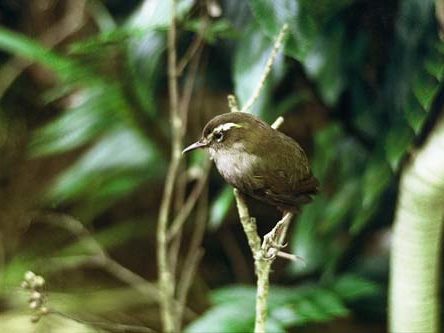
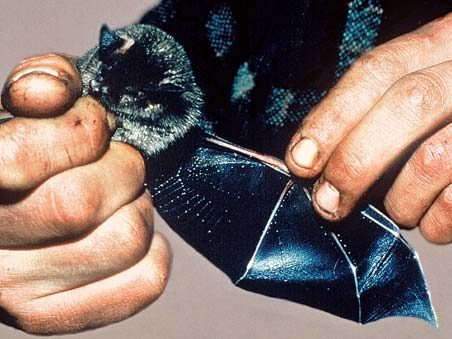
We can’t be complacent when it comes to rats
Describing rats as a nuisance is an understatement. They’ve caused great damage to our native landscapes already – and threaten to do more damage if left unchecked.
That’s why they’re one of the species New Zealand is aiming to eradicate by 2050.
The good news? A number of large scale projects across New Zealand are showing us that when communities backyard-trap together, change – and rat eradication – is possible.
For example, through concerted effort, the Mirimar Peninsula Predator Free project has eradicated Norway rats, and has come close to eradicating ship rats.
Research suggests that if 1/5 New Zealand households trap rats, we can eradicate them – protecting our native taonga. And we’re well on our way – more and more New Zealanders are trapping in their backyards every day as awareness of the predator free movement grows.

